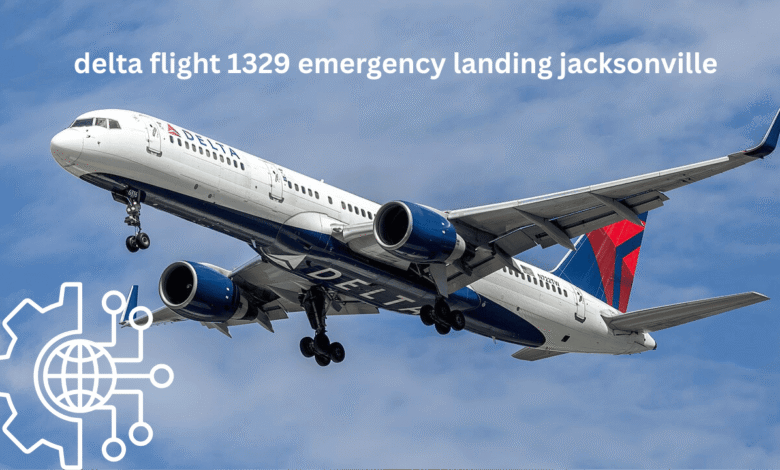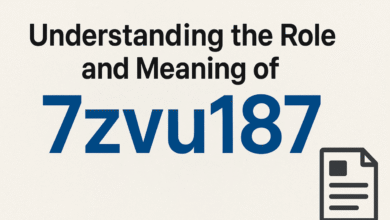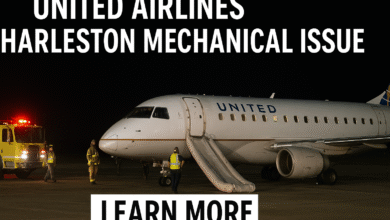delta flight 1329 emergency landing jacksonville: A full report and what passengers need to know

The event described as delta flight 1329 emergency landing jacksonville happened on April 30, 2025, when a scheduled Jacksonville–Atlanta service returned to its origin shortly after takeoff because the crew observed a mechanical indication. This article pieces together the verified timeline, explains the technical issue reported by the crew, describes how passengers were handled, and lays out practical takeaways for travelers and onlookers.
A clear timeline: how the delta flight 1329 emergency landing jacksonville unfolded
Within minutes of leaving Jacksonville International Airport, the crew reported an abnormal indication related to the wing flaps and elected to stop the climb and return to the field as a precaution. The aircraft held a low altitude climb and then turned back; emergency vehicles were present on the ground as a routine precaution when an aircraft returns with a possible mechanical issue. The aircraft landed safely and taxied to the gate, and passengers were later rebooked on another aircraft to complete their trip.
Flight tracking records show that the flight’s status was updated and that the passengers ultimately reached their destination later that evening after being accommodated on a subsequent flight. The airline publicly stated that safety was the priority and that the crew had followed standard procedures.
Key chronological points
- Departure from Jacksonville and initial climb
- Crew notices a possible flaps indication, halts climb and returns
- Aircraft lands routinely and proceeds to an arrival gate; passengers are rebooked
What the crew and airline reported about the delta flight 1329 emergency landing jacksonville
According to the airline, the flight crew observed an indication of a flap issue and followed training by returning to the departure airport rather than continuing to the destination. Delta emphasized that no injuries were reported and that technicians would inspect the aircraft before it returned to service. Public statements from the carrier stressed passenger safety and apologized for any disruption.
Investigative outlets and flight-safety observers noted that the crew’s response was consistent with established airline procedures when an essential flight-control system shows a potentially unreliable indication.
Flaps: what they do and why a flap indication matters (plain explanation)
When a crew reports a flaps indication, it is treated seriously because flaps are critical high-lift devices used during takeoff and landing. Flaps change the wing’s shape to produce more lift at lower speeds and also increase drag so pilots can control approach angle and speed during landing. A malfunction or uncertain indication can affect handling or the aircraft’s ability to land safely under normal parameters, so crews will often elect to return or divert to confirm systems are operating normally.
Put simply:
- Flaps increase lift at lower speeds and allow safer, slower approaches
- A faulty flap indication can mean the system is not deploying or retracting as expected, or that the cockpit instruments are showing unreliable information
- Pilots are trained to avoid situations where a critical system is unreliable; returning to a suitable airport is the conservative, safety-first choice
Aircraft, passengers, and the outcome of the delta flight 1329 emergency landing jacksonville
The aircraft involved was a Boeing 757 operating as Delta Flight 1329 with roughly 176 people aboard. After the aircraft returned and landed safely, ground technicians examined the flap system and the airline rebooked passengers on another flight to Atlanta later the same evening. There were no reported injuries and the incident concluded with routine technical follow-up.
Flight safety observers tracked the flight path and noted that the climb was stopped around a few thousand feet as the aircraft returned to land; the safe outcome underscores the effectiveness of standardized emergency procedures and ground coordination.
For passengers: what to expect and practical steps after a return or diversion
For travelers on flights that are returned or diverted, the following points summarize what commonly happens and what passengers can do to reduce stress and disruption:
- For passengers on delta flight 1329 emergency landing jacksonville: expect clear announcements from the crew and guidance from gate agents about rebooking and baggage
- Airline staff will typically arrange alternative transportation or rebooking as quickly as possible; be patient but confirm your new flight number and gate
- Keep documentation: photograph boarding passes and any change notices; this helps with later claims for reimbursement or compensation if needed
- If you have tight connections, contact the airline service desk or a customer service agent immediately; airlines often prioritize rebooking for connecting passengers
- Track your checked baggage status; delays can occur when aircraft are swapped or aircraft are taken out of service for inspection
These steps reflect industry practice and what passengers experienced in this specific return-to-JAX event.
Maintenance, aircraft age, and broader safety context after the delta flight 1329 emergency landing jacksonville
Some reports noted the model year and service life of the particular Boeing 757 involved, which led to questions in public discussion about aircraft age and maintenance. Older airframes are safe when maintained to regulatory standards, and operators perform scheduled inspections, non-routine maintenance, and checks mandated by oversight authorities. The immediate technical follow-up for delta flight 1329 included a ground inspection by technicians before the aircraft could be cleared to fly again.
Important context:
- Age alone is not a substitute for maintenance records. Airlines and regulators require strict inspections regardless of an aircraft’s year of manufacture
- When an indication appears in flight, the conservative action is to land and examine the system; this ensures that operations proceed only after a qualified maintenance assessment
Media coverage and the importance of accurate reporting
News outlets covered the event with emphasis on safety and the lack of injuries. Coverage typically highlighted the crew’s quick decision-making and the airline’s statements about prioritizing safety. For readers and content creators covering similar incidents, accurate timelines, official airline statements, and verified tracking data are the most reliable sources for reporting.
Lessons learned and travel advice inspired by the delta flight 1329 emergency landing jacksonville
The main takeaways from this event are straightforward and stress readiness and calm:
- Trust trained crew decisions: pilots are trained to manage systems and make conservative choices when indications are questionable
- Prepare for contingencies: carry essential items in a carry-on bag, keep contact details current on reservations, and have travel insurance where appropriate
- Stay informed: use official airline channels and verified flight-tracking sources for real-time updates rather than unverified social posts
Conclusion
The incident identified in public reporting as delta flight 1329 emergency landing jacksonville concluded without injury and with the expected, precautionary follow-up: the aircraft returned to Jacksonville after the crew observed a flap indication, technicians inspected the airplane, and passengers were rebooked. The event is a reminder that modern commercial aviation places a premium on redundancy, training, and conservative decision-making when systems behave unpredictably — and that those layers of protection worked as intended in this case.
Frequently Asked Questions (FAQs) about delta flight 1329 emergency landing jacksonville
1. What was the reason for delta flight 1329 emergency landing jacksonville?
The flight returned to Jacksonville shortly after takeoff because the crew observed an abnormal flap indication. Flaps are important control surfaces used during takeoff and landing, so any suspected issue is treated with caution.
2. Was anyone injured during delta flight 1329 emergency landing jacksonville?
No injuries were reported. The aircraft landed safely, and all passengers were later rebooked to complete their journey.
3. What type of aircraft was involved in delta flight 1329 emergency landing jacksonville?
The incident involved a Boeing 757 aircraft, which is commonly used for medium to long-haul flights.
4. How many passengers were on board during delta flight 1329 emergency landing jacksonville?
Reports indicated there were about 176 passengers on board at the time of the incident.
5. What happened to the passengers after delta flight 1329 emergency landing jacksonville?
After landing, passengers were assisted by airline staff and rebooked on another flight to Atlanta later the same day.



